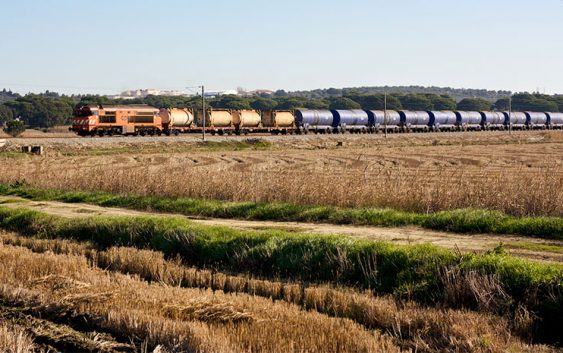What is Biodiesel? Things you need to Understand Right now

Biodiesel is a liquid fuel produced from vegetable oils and animal fats, with rapeseed, sunflower and soybeans as the most used raw materials currently used for this purpose. The properties of biodiesel are practically the same as those of diesel fuel (diesel) in terms of density and cetane number.
History
Biodiesel began to be popularly known in the 1890s, when Rudolf Diesel, a German engineer, invented the well-known diesel engine that had an advantage over its gasoline counterpart, since it had the ability to work with fuels which comes from different sources, including vegetable oil. Already in Exhibition of Paris of 1900 a diesel engine that works with oil of peanut was exhibited.
This engine was fueled by biodiesel, which is a fuel manufactures by a process calledtransesterification. A chemical reaction in vegetable oil, either from a specially developed crop or from commercial waste, is responsible for this. The raw material becomes a fuel that can feed diesel engines. Animal fats can also be used in this process.
Different
Unlike other fuels, biofuels or biofuels present the particularity of using vegetable products as raw material. This is the reason why it is necessary to take into account the characteristics of agricultural markets, together with the complexity that the energy markets already present.
This is why it should be noted that the development of the biofuels industry does not depend mainly on the local availability of raw material, but on the existence of sufficient demand.
By ensuring the existence of a demand for biofuels, the development of its market can be used to enhance other policies such as agriculture, favoring the creation of employment in the primary sector, the establishment of population in rural areas, industrial development, and activities agriculture.

Properties
Also, at the same time reduce the effects of desertification thanks to the planting of energy crops. Regarding the use of biodiesel as an automotive fuel, it should be noted that the characteristics of the esters are more similar to those of diesel than those of unmodified vegetable oil.
The viscosity of the ester is two times higher than that of the diesel compared to ten times or more than that of the crude oil. In addition, the cetane number of the esters is higher, being the values suitable for use as gas. ASTM has specified different tests that must be performed on fuels to ensure their proper functioning.
Conclusion
We know that there are many incentives and laws for the use of biodiesel and biometrics at the US. Only the state of Washington has 4 incentive programs and 13 laws. Most states offer exemptions and tax deductions for the use of biodiesel. B100 and mixtures of B20 or more are eligible to obtain credits for the use of alternative fuels in accordance with the Energy Policy Act of 1992.

